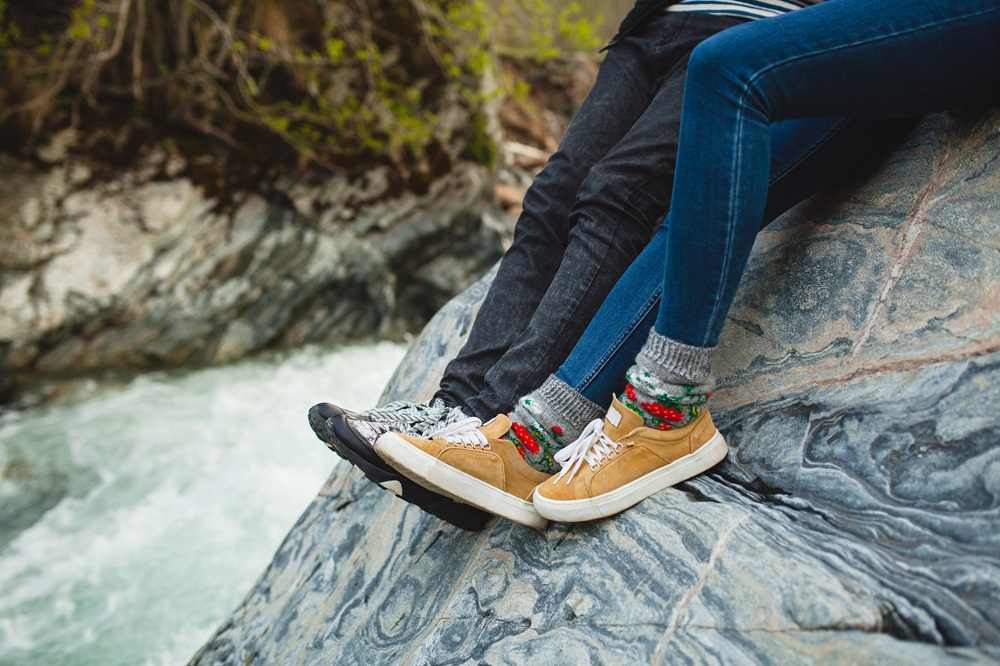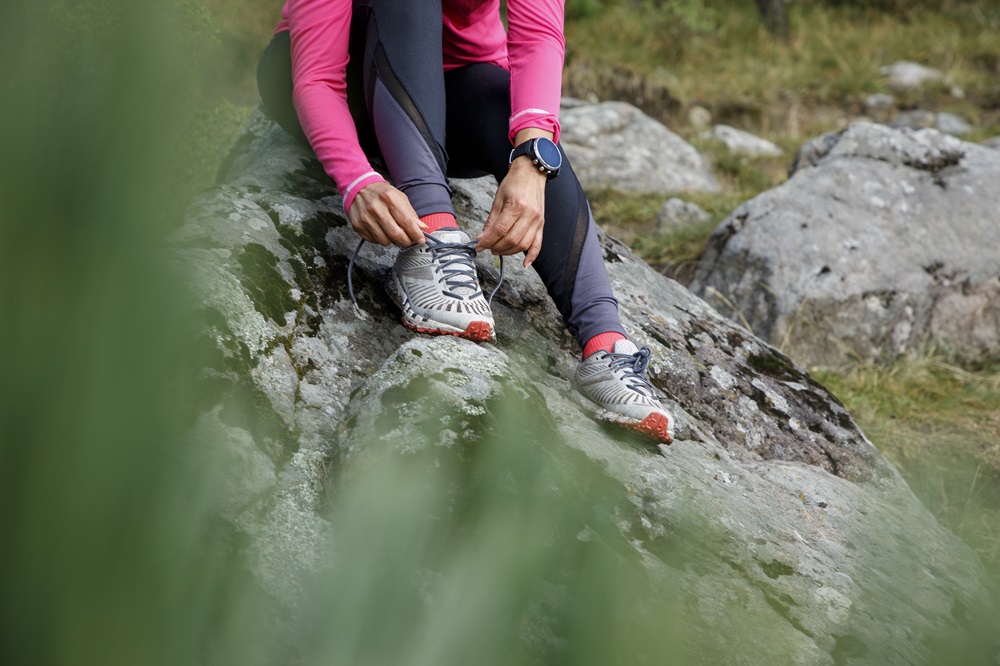Rock climbing is an exhilarating sport that requires specialized footwear to handle the demanding climbs.
However, the tight fit and sweaty environment inside climbing shoes can cause them to develop an unpleasant odor over time.
Additionally, the repeated bending and friction places stress on the materials, shortening their usable life.
By understanding what causes odor and breakdown in rock climbing shoes womens, you can take proactive steps to keep them fresh and extend their longevity.
This article outlines straightforward tips utilizing everyday language to help preserve your investment so you can send climb after climb in comfort.
What Causes Odor and Breakdown in Men’s Rock Climbing Shoes
There are a few key factors that contribute to odor and breakdown in your trusted climbing kicks:
- Sweat and Bacteria – Tight shoes combined with sweaty feet create an ideal environment for bacteria to multiply, causing unpleasant smells. This bacteria can also gradually break down shoe materials.
- Repeated Bending – The consistent bending of your shoes during climbs stresses the upper material and adhesive bonds over time. This can cause the layers to separate.
- Abrasion and Friction – Climbing involves a lot of toe-dragging and friction against the wall surface, which slowly wears down rubber and fabric. This abrasion accelerates breakdown.
Understanding the causes highlights the importance of regularly cleaning, storing, and inspecting your shoes appropriately after each use.
Cleaning Tips to Keep Your Shoes Fresh
Implementing consistent cleaning routines helps eliminate bacteria, sweat, and chalk that accumulates in your shoes, preventing odors and degradation. Useful suggestions include:
Allow Shoes to Air Out After Each Session
Take off your shoes immediately after climbing and allow them to air out to prevent bacteria growth.
Use Antibacterial Sprays
Spritzing the interior with antibacterial spray designed for climbing shoes helps inhibit bacterial spread and odors. Tea tree oil spray works well too.
Hand Wash the Interior With Gentle Cleaners
Use a small amount of gentle soap and lukewarm water to hand wash the interior lining a few times per month. This lifts away oils, chalk, etc.
Spot Clean the Exterior As Needed
For scuffs or stains on the exterior, use a small brush with warm water and gentle cleanser. Immediately dry with a lint-free cloth.
Regular, gentle cleaning preserves material integrity so you can keep sending!
Proper Storage Extends Your Shoes’ Lifespan
How you store your rock climbing shoes women’s between sessions directly impacts their longevity and odor resistance. Useful tips include:
Always Store Fully Dry
Thoroughly air dry shoes after cleaning before storage to prevent mold or bacterial growth. Stuff with newspaper to absorb residual dampness.
Use Natural Deodorizers
Place cedar blocks or sachets inside each shoe to help repel odors between uses with pleasant aroma.
Store in Breathable Container
Place shoes in a mesh bag or perforated box. Avoid sealing in non-breathable plastic which can trap moisture and sweat.
Keep Shoes Stuffed When Not Worn
Lightly stuff shoes with socks or paper to retain shape and prevent creasing damage when not being worn.
Hang Shoes to Dry Upside Down
Loop laces over a wide hanger and hang shoes upside down by heel cup. This stretches them back to shape while drying fully.
With consistent TLC, your high-performance shoes can hold up climb after climb!
Preventative Care Tips for Longevity
An ounce of prevention is worth a pound of cure when it comes to keeping your coveted climbing kicks in action. Some pro tips include:
Inspect Shoes Frequently
Check for signs of excessive wear, tears, and damaged stitching after each use. Address issues promptly to avoid bigger problems.
Resole As Needed
Resoling worn tread and rand extends shoe performance. Catch issues before damage is too extensive.
Use Shoe Powder
Sprinkle antimicrobial shoe powder inside after each wear to help with odor and moisture absorption.
Alternate Different Pair
Rotating two or more pairs of shoes ensures each has time to fully dry out between uses. It also extends the life of each shoe.
Address Fit Issues
If shoes become uncomfortably tight, stretch them gently with a shoe stretcher and shoe balls to avoid blowouts.
With attentive care, your trusted climbing shoes can cling to rock for years of reliable use. Sending that project will feel sweeter knowing your shoes are good as new!

Frequently Asked Questions
Still have some lingering questions on keeping your climbing shoes fresh? No sweat! Here are answers to some commonly asked questions:
How often should I clean my shoes?
Aim to clean the interior lining every 2-4 weeks of moderate use with gentle soap and water. Spot clean exterior scuffs promptly as they occur.
Can I wash climbing shoes in the washing machine?
No. Machine washing risks damaging shoes by loosening glue bonds. Always hand wash gently instead.
What homemade solutions work well for cleaning and de-odorizing?
White vinegar or diluted tea tree oil sprays help eliminate odors between washes. Baking soda or medicated foot powder absorbs moisture. Never use harsh chemicals.
How can I dry shoes fast after cleaning or wet sessions?
Stuff damp shoes with newspaper or absorbent shoe dryer balls to accelerate moisture evaporation. Use a fan to circulate air around them.
What are warning signs my shoes need to be resoled/replaced?
Excess heel/toe drag exposing raw rand, sole tread worn smooth, failing stitches, blowouts, or overly flattened toe profile indicate it’s time for resoling or replacement.

